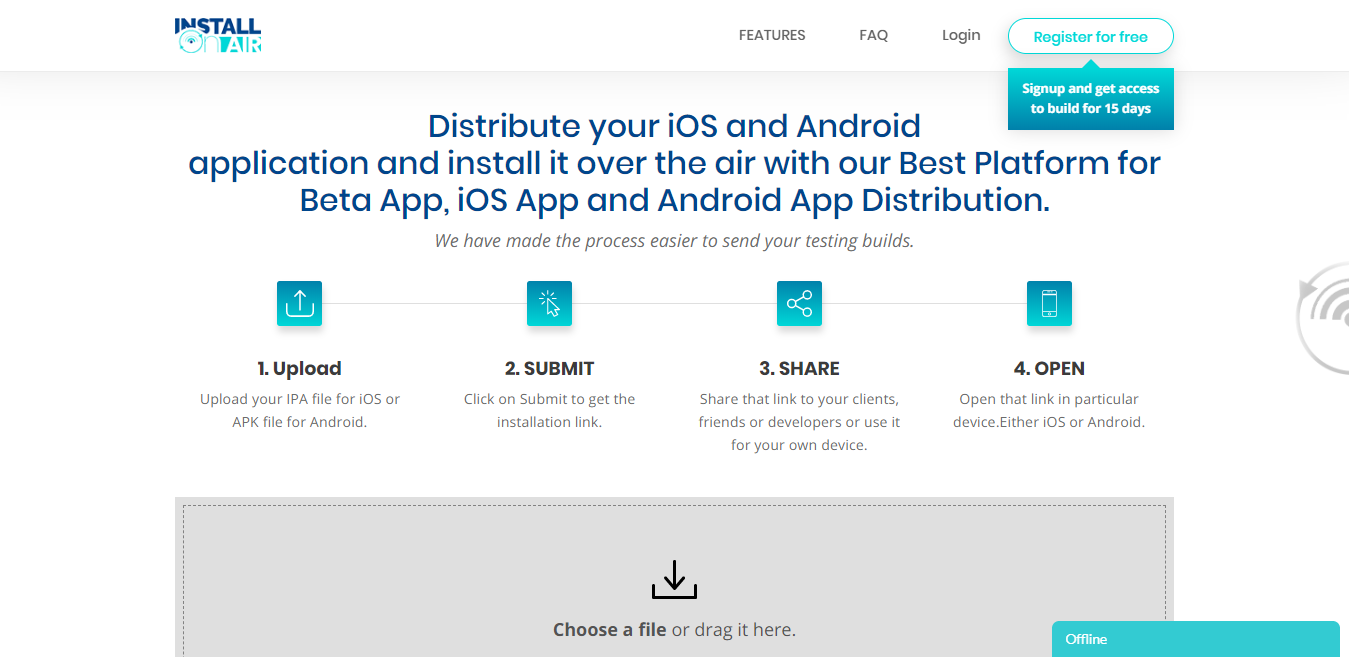iPhone application development is at the forefront of mobile technology and the rewards for creating the next viral app are endlessly gratifying. A significant roadblock in iPhone application development is the escalating costs. The primary determinants of costs relating to iPhone application development are business requirements (speed, quality) and core functionality (customization, tools) specific to the mobile app. iPhone application costs are based on the different features on offer for the end users. A realistic understanding of the iPhone application development costs will help in future return on investment (ROI) calculations.
Here are some of the key factors contributing to iPhone application development costs:
- Development Model And Scope
Once the iPhone app development process is underway, the contracting company must pen-down objectives and the required solutions to be employed to develop them. This can be further structured in the form of technical documents that enlist features and functionality right from the minimum viable product (MVP) stage to the final stages of product maturity.
- Web Services
Apple Web services can be used to host data and content remotely to help users update their iOS app. This is done with the help of XML files that protect the integrity of the raw code of the application while installing the latest updates in the app. While traditional app development platforms build apps from scratch, HokuApps uses pre-built elements to rapidly speed up the process. This makes a significant difference in costs.
- Infrastructure
Infrastructure expenses also contribute notably to traditional iPhone app development costs. Infrastructure spends include server components that are installed within facilities for storing and managing data since most apps can’t be offline at any point. Other requirements include data encryption and safety that escalate costs.
With HokuApps, infrastructure costs stay low as the platform is automated and features a scalable and secure infrastructure where all apps developed on the platform subscribe to these features (unlike traditional app development platforms).
- Platform
With traditional app development, development costs vary significantly as per the number of OS platforms that the app is being developed and published upon. A useful rule of thumb is that higher the number of OS platforms supporting the application, the higher the associated cost.
However, low-code iPhone application development platforms like HokuApps feature an automated platform. The platform reuses codes to reduce app development time by 10 times, and thus affects costs by huge margins. HokuApps uses a 90-10 model of iPhone app development, where 90% of the app is automated to deliver cross-platform apps for iOS, Android, and the Web.The remaining 10% is the configuration of the apps at a business level to suit the business’s unique architecture and business ecosystem.
- Application Maintenance
iPhone app development is a dynamic landscape. App developers work tirelessly to meet user needs and release newer features and updates for existing applications. These updates enhance the app capabilities, fix bugs, and improve the general functionality of the app. Application maintenance is hence, a necessary, but expensive endeavor for traditional iPhone application development.
HokuApps low-code platform is a viable alternative as application maintenance, OS and security updates, and bug-fixing (a rare occurrence), are automatically shared via patches.
Related link:.
HokuApps iPhone Apps Development Services Promise Fastest App Development
As Digital Transformation Looms, HokuApps is the Ideal RAD Platform Technology Partner
Build Cloud-based Mobile Apps with HokuApps
5 Ways HokuApps Transforming an App Development Industry With AI























